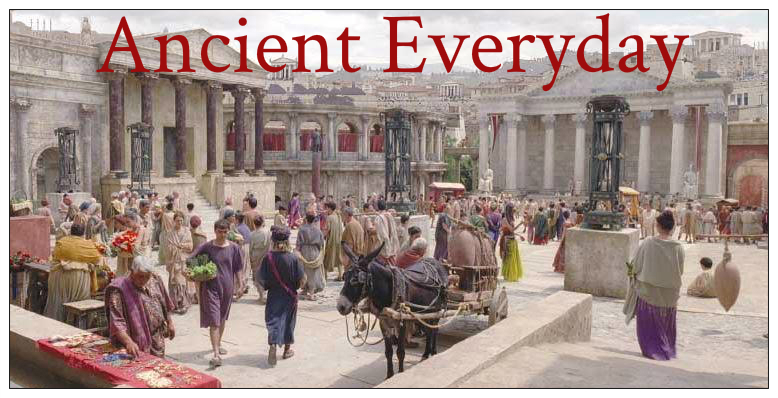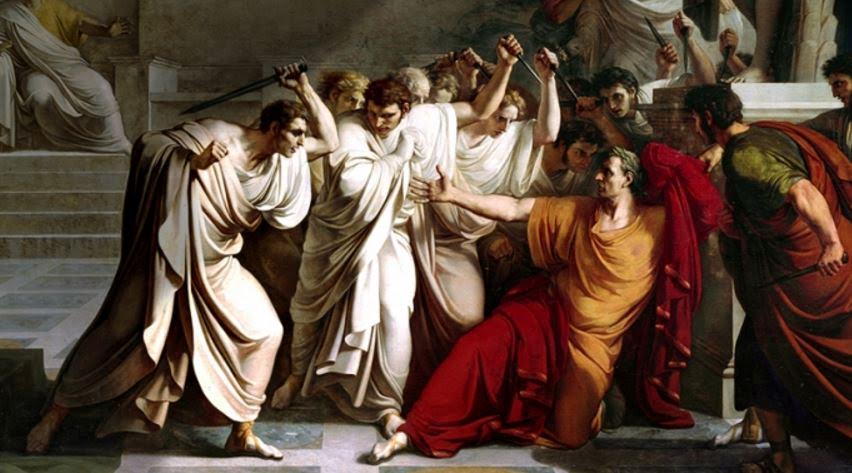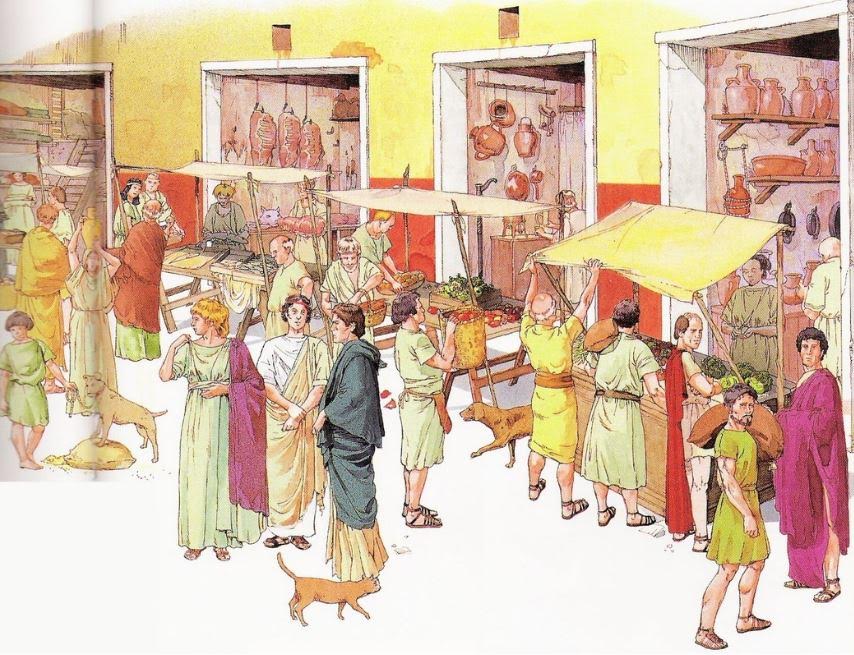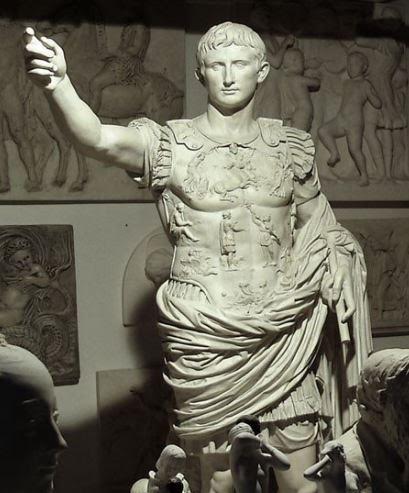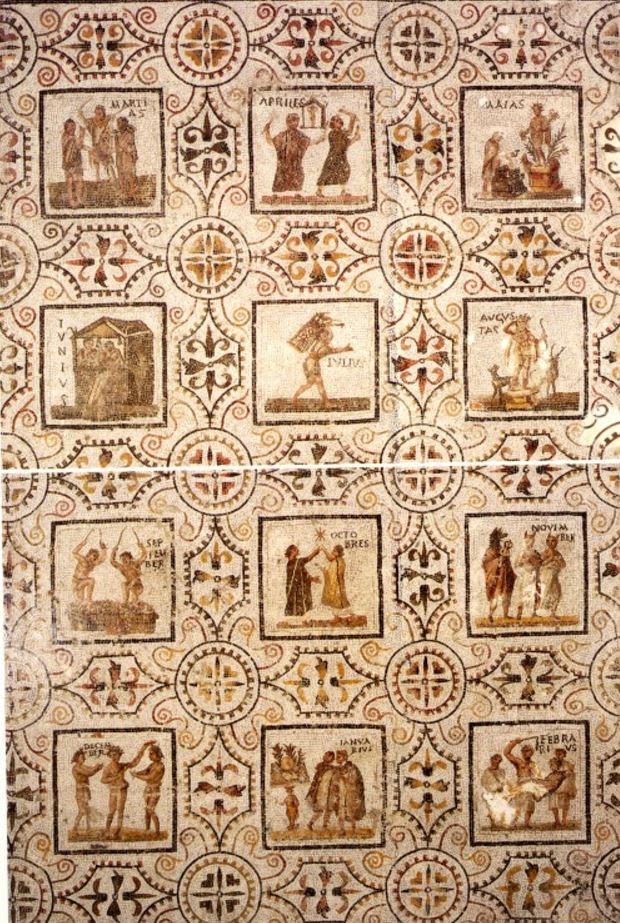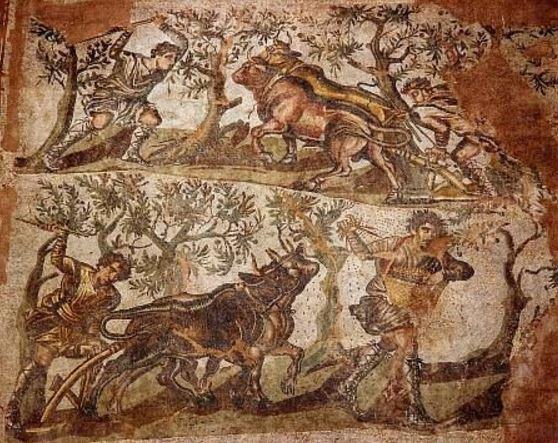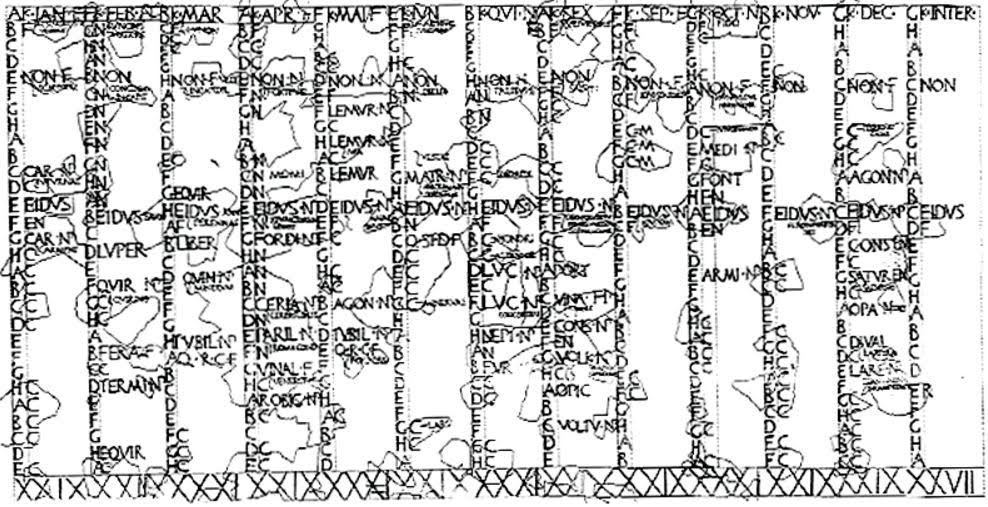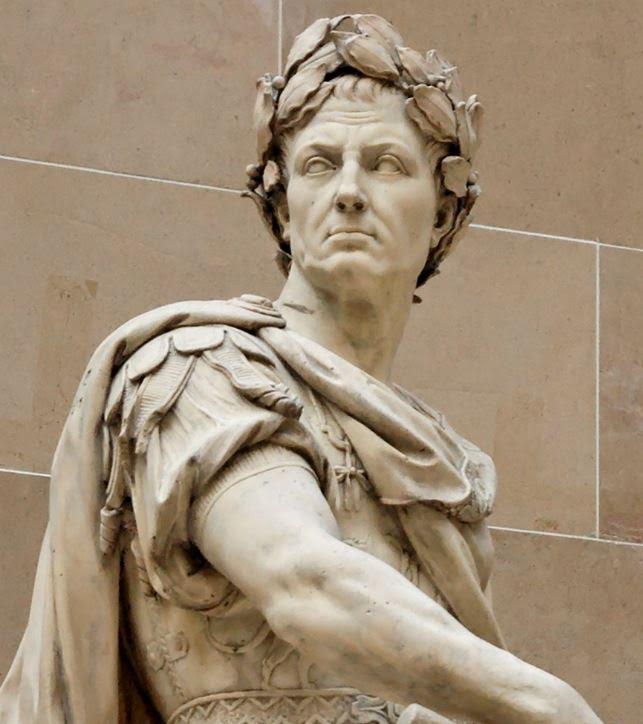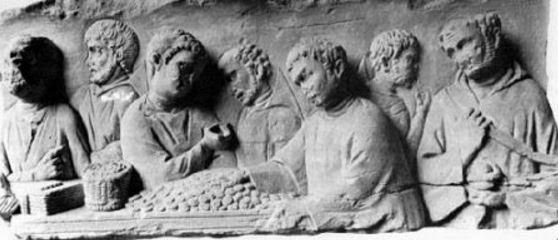calendar
Ancient Everyday – The Calendar in Ancient Rome
Salve!
Welcome to the second part in this mini, Ancient Everyday blog series about Time in the Roman world.
Last week we took a brief look at how the Romans tracked and organized the years. If you missed it, you can read it by CLICKING HERE.
This week, we’re going to take a look at what is perhaps one of their greatest legacies – the Calendar.
Now, the Romans did indeed do a lot for us – you can check out this wonderful series hosted by Adam Hart-Davis to learn what the Romans did for us – and it goes without saying that we take a lot of it for granted today.
The calendar ranks right up there, and even though we take time for granted, it is actually something that we are constantly aware of. Quite the conundrum, if you ask me!
The word ‘calendar’, as well as the names of the months we still use today are of Roman origin.
However, the calendar went through some reform before it got to the version we are now familiar with.
The original Roman calendar, known as the ‘Calendar of Romulus’, was an agricultural, 10-month year. There were ten irregular months with a total of 304 days from March to December.
The names of these months originated then, and the gap of missing months accounts for the period of time in which no agricultural work was carried out. This was also a lunar cycle, so there was a degree of ‘seasonal drift’ compared to the solar cycle.
It is believed that the change to a 12-month calendar occurred in the sixth century B.C.
In the year 153 B.C., January was made the first month of the year, named after Janus, the god of doorways and new beginnings.
But until Julius Caesar’s calendar reform, the Roman year was 355 days long, divided into 12 months. Four of these had 31 days (March, May, July, and October), seven months had 29 days, and February had 28 days.
Here are the names of the months on the Roman calendar:
Ianuarius (the month of ‘Janus’)
Februarius (the month of ‘Februa’, purgings or purifications)
Martius (the month of ‘Mars’)
Aprilis (uncertain meaning)
Maius (uncertain meaning)
Iunius (the month of ‘Juno’)
Quinctilis (the ‘fifth’ month – renamed ‘Iulius’ in 44 B.C. after Julius Caesar)
Sextilis (the ‘sixth’ month – renamed ‘Augustus’ in 8 B.C. after Emperor Augustus)
September (the ‘seventh’ month)
October (the ‘eighth’ month)
November (the ‘ninth’ month)
December (the ‘tenth’ month)
Notice how some of these names are a legacy of the 10-month agricultural Roman calendar year?
There is apparently some evidence for ‘intercalation’, that is, the addition of days to adjust the year. This included the addition of 22-23 days every other year in February.
The act of intercalation was the domain of the pontiffs of Rome, but it was not accurate, and by the time of Julius Caesar, the civic year was about three months ahead of the solar year that was in use.
Caesar extended the year 46 B.C. to 445 days to remove the discrepancy.
So, from January 1st, 45 B.C. he made the year 365 days long with the months at their current numbers. Quite the legacy, no? He also introduced the leap year.
Thus, was the Julian Calendar born.
Today, the most widely used calendar is the Gregorian Calendar. However, the Gregorian calendar is basically the same as the Julian Calendar except for some small changes.
In 1582 Pope Gregory XIII omitted 10 days from the calendar year to adjust the discrepancy between the Julian calendar and the solar year. He also ordered that 3 days be omitted in leap years every 400 years.
So there you have it! A very brief look at the evolution of the calendar from ancient Rome to the one we use today.
Next week, in Part III of this series, we’ll be looking at the days and weeks in the Roman world.
Thank you for reading!
Ancient Everyday – Tracking the Years in Ancient Rome
Salve!
This week on Writing the Past, we’re going back in time from the Middle Ages to ancient Rome once more.
I thought it might be fun to do a short series of Ancient Everyday blogs about something that concerned our ancient ancestors as well as ourselves. It’s something that, across the ages, we all wish we had more of: Time.
This isn’t going to be a philosophical series of posts on time, but rather a look at the practicalities of time and how ancient Romans organized it.
In this first post, we’re going to look at how years were counted and tracked in ancient Rome and across the Empire.
Today, dating is something we take rather for granted, but at times during the Roman era, there was a lot of thought put into this and the development of a system around it.
Early in the Roman Republic, the years were usually dated by the names of the Roman Consuls, the highest rank for an elected Roman official, and the pinnacle of the Cursus Honorem, the tried and true path of public offices for anyone seeking political success.
Two consuls served at once and, conveniently, they served for just one year, so that could be readily used as a method of dating. The lists of consuls were called fasti, and they exist from about the year 509 B.C.

Fragment of the list of the Roman consuls known as the “Fasti Colotiani” (Museo della civiltà romana)

